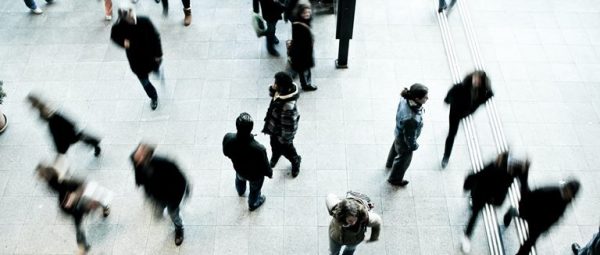Above all, behavioural science enables us to understand the constraints and opportunities that accompany each client project. The design of space can significantly impact the experience and outcomes of human connectivity. We work with clients in a variety of settings from innovation labs to business conferences to understand the cultural and physical barriers that are preventing meaningful connections, as well as the spatial arrangements and structures that may be creating obstructions. We then propose design interventions to help reconfigure and improve those structures, minimising the constraint and maximising opportunity – for example, enhancing micro-venues within conference settings to enable more organic connection and communication.
Of course, in these strange and challenging times, we’re having to reassess the whole notion of human connection and proximity. COVID-19 is necessitating a radical review of approaches to workspace, public space, and placemaking. The concept of ‘contamination’ has long been a part of how we understand and influence interactions within specific work or social spaces, but we are now taking this thinking mainstream. When spaces are inhabited by more than one person, we need to consider the impact this has on things like movement, concentration and communication. How do spaces become ‘tainted’ as occupancy and usage increase?
To address these issues, we need to think about contamination of space in the broadest sense. Interactions become contaminated, both in terms of germs and health, but also in terms of visual and auditory distraction that can hinder productivity and sense of belonging. In the workplace, post-COVID-19, organisations will need to rethink shared and personal space to optimise cleanliness and minimise distraction. We make great effort to design a space that enables successful interactions, both with the features of the space itself and between the people who occupy it. We need to do more to understand how such interactions change with multiple users and uses.
Some people have claimed the global pandemic will bring about the demise of open-plan working, and trigger a return to siloed pods and insulated workstations. Personally, I think this would be retrograde move. I believe the present crisis provides an opportunity to use our understanding of human behaviour to create new, imaginative and intuitive spaces that promote both safety and productivity, leading to sustainable placemaking in our offices and urban environments centred upon rich human connection.

